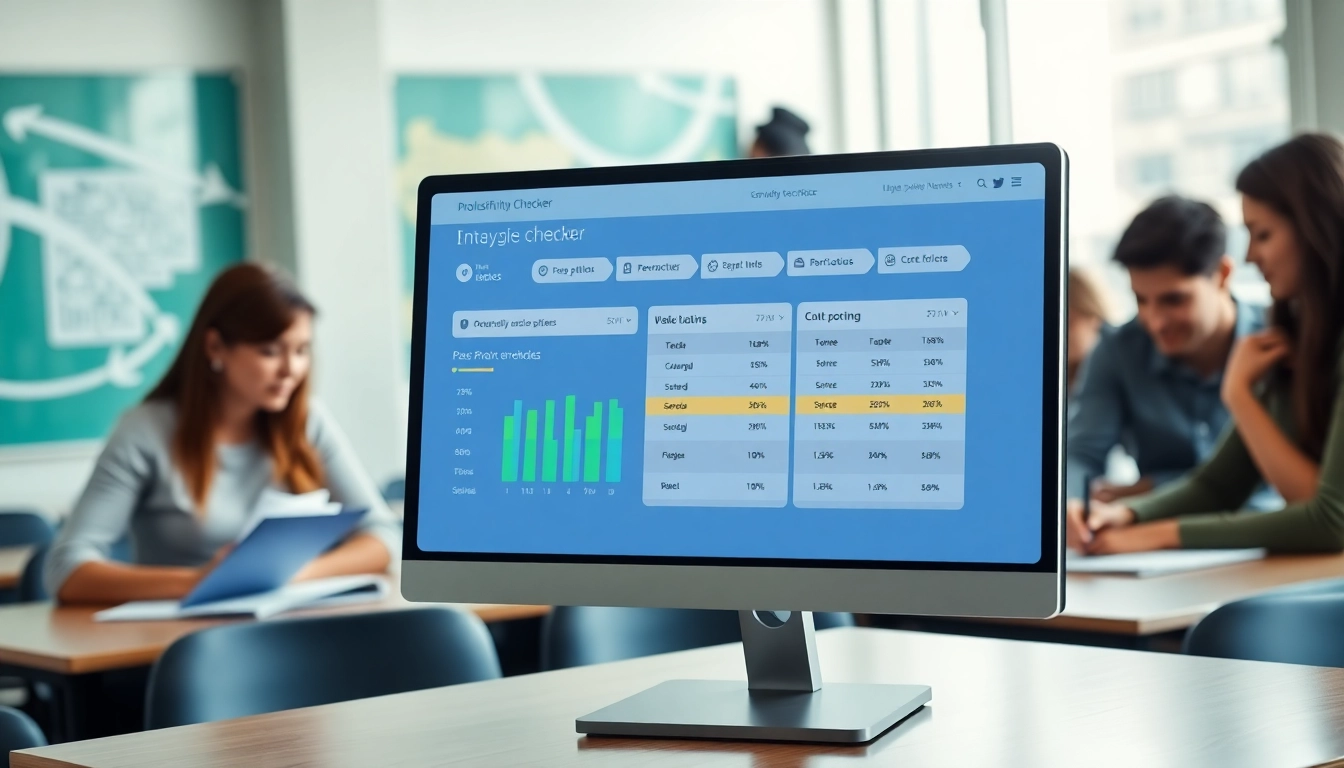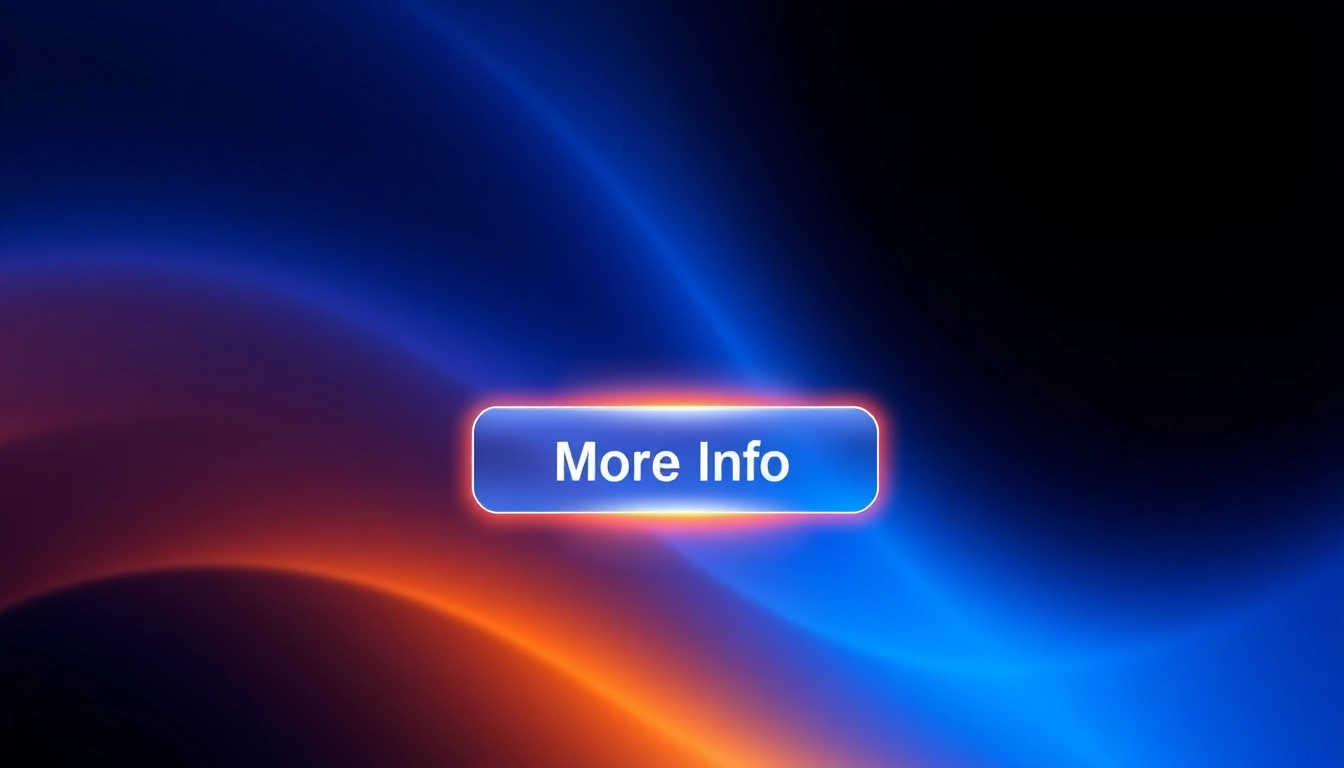What is a Plagiarism Checker?
Definition and Purpose
A plagiarism checker is a tool designed to identify instances of plagiarism in written works. The term “plagiarism” refers to the act of using someone else’s work, ideas, or expressions without appropriate attribution, which can lead to serious academic and professional consequences. By utilizing a plagiarism checker, individuals can confirm the originality of their content, ensuring that they credit the appropriate sources and maintain ethical standards in their writing.
How Plagiarism Checkers Work
Plagiarism checkers function through a combination of algorithms and databases that compare submitted text against a vast archive of available content. The process typically involves:
- Text Analysis: The tool analyzes the text to identify phrases, sentences, and paragraphs that may overlap with other sources.
- Database Comparison: The checker compares the text against a comprehensive database that may include academic journals, websites, and previously submitted works.
- Percentage Detection: Many tools provide users with a percentage score indicating how much of the text is considered plagiarized, along with links to the original sources.
Common Misconceptions
Despite their growing popularity, there are several misconceptions surrounding plagiarism checkers. One notable myth is that these tools can detect plagiarism with absolute certainty. While they are helpful, they are not foolproof and can miss nuanced forms of plagiarism, such as paraphrasing. Another common misconception is that all plagiarism checkers are created equal; the accuracy and comprehensiveness of results can vary significantly between different tools.
Types of Plagiarism Checkers Available
Free versus Paid Options
Plagiarism checkers come in various forms—free and paid options. Free tools often have limitations, such as reduced accuracy, restricted database access, or limitations on the number of words checked at once. Paid services typically offer more comprehensive checks, access to larger databases, detailed reports, and added features such as grammar-checking tools. Choosing between free and paid plagiarism checkers depends on one’s needs, the nature of the content being checked, and the frequency of use.
AI-Powered Plagiarism Checkers
With advancements in technology, many plagiarism checkers now incorporate artificial intelligence (AI) to enhance detection capabilities. AI-powered tools can analyze writing styles, intent, and context, allowing for more accurate identification of potential plagiarism. These tools are particularly useful in educational settings, where they assist both students and educators in ensuring academic integrity.
University-Grade Checkers
University-grade plagiarism checkers are specialized tools that meet the rigorous standards expected in academic environments. These tools are often utilized by academic institutions to vet submissions for originality before awarding marks. They typically feature extensive databases, detailed reporting, and the ability to detect even heavily paraphrased texts, making them preferred choices for students and educators alike.
Choosing the Right Plagiarism Checker for Your Needs
Factors to Consider
When selecting a plagiarism checker, several factors should be considered:
- Database Size: A larger database increases the tool’s capability to detect matches.
- Accuracy of Results: Research user experiences and reviews to select a tool known for accurate plagiarism detection.
- Cost: Assess your budget to determine whether a free or paid option best fits your needs.
- User Interface: An intuitive interface can enhance usability, especially for non-technical users.
User Reviews and Ratings
User reviews and ratings can provide valuable insights into the effectiveness of a plagiarism checker. Reading experiences shared by other users will help gauge whether a particular tool meets its promises regarding accuracy, customer service, and overall usability. Look for consistent feedback to identify tools that stand out in critical performance areas.
Integration with Writing Tools
Many plagiarism checkers can integrate with popular writing tools and platforms, which can streamline the writing process. Features such as browser extensions or add-ons for word processors can facilitate seamless checks while writing, saving time and providing instant feedback on originality.
Best Practices for Using a Plagiarism Checker
How to Interpret the Results
Understanding the results provided by a plagiarism checker is crucial. Most tools will provide a percentage indicating how much of your content matches other sources. A lower percentage typically means higher originality; however, it’s crucial to read the detailed report to identify which sections of text are flagged and address them accordingly.
Steps to Ensure Originality
To maintain originality in your writing, consider following these best practices:
- Paraphrasing: Rewrite source material in your own words while maintaining the original meaning.
- Quoting: Use quotations for direct excerpts and always include proper citations.
- Citing Sources: Ensure that you provide accurate, complete citations for all external sources referenced in your work.
Avoiding False Positives
Sometimes, plagiarism checkers might flag genuine work due to common phrases, idiomatic expressions, or widely accepted knowledge. To avoid false positives, it’s wise to familiarize yourself with how your chosen tool functions and the criteria it uses for detection. Always cross-check flagged text against your sources for context.
Future Trends in Plagiarism Detection
Advancements in AI Technology
The future of plagiarism detection is likely to be heavily influenced by advancements in AI technology. As machine learning algorithms progress, plagiarism checkers will improve in detecting subtle nuances in writing styles, understanding context, and even assessing the intent behind the text. This could redefine how plagiarism is understood and addressed in academic and professional settings alike.
Increasing Accessibility for Users
As the demand for plagiarism checkers continues to rise, developers are focusing on making these tools more accessible. This includes offering free trials, user-friendly interfaces, and resources to educate users on how to effectively use the tools. An increase in accessibility may lead to widespread understanding and appreciation of the importance of originality in writing.
The Role of Academic Institutions
Academic institutions will play a crucial role in shaping the future of plagiarism detection. As awareness of academic integrity grows, institutions may adopt more robust plagiarism checking systems that integrate advanced technology. Moreover, by educating students about the importance of originality and the ethical implications of plagiarism, institutions can foster a culture of integrity in writing.
By understanding the capabilities and applications of a plagiarism checker, individuals can enhance their writing practices, ensuring that their work is both original and credible. Adopting best practices, staying informed about technological advancements, and recognizing the significance of source attribution can significantly elevate the standards of academic work and content creation.



